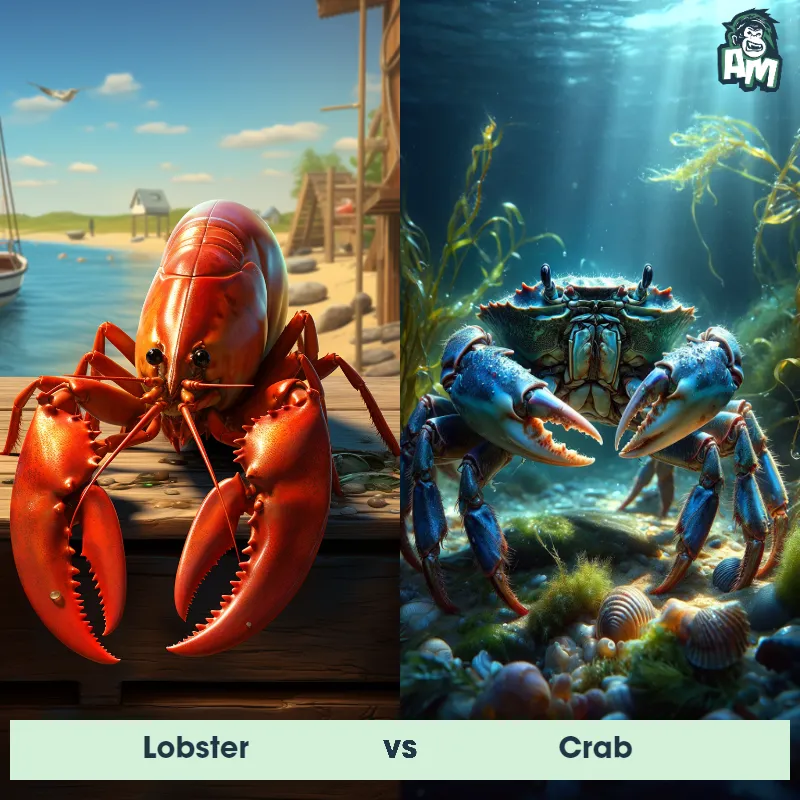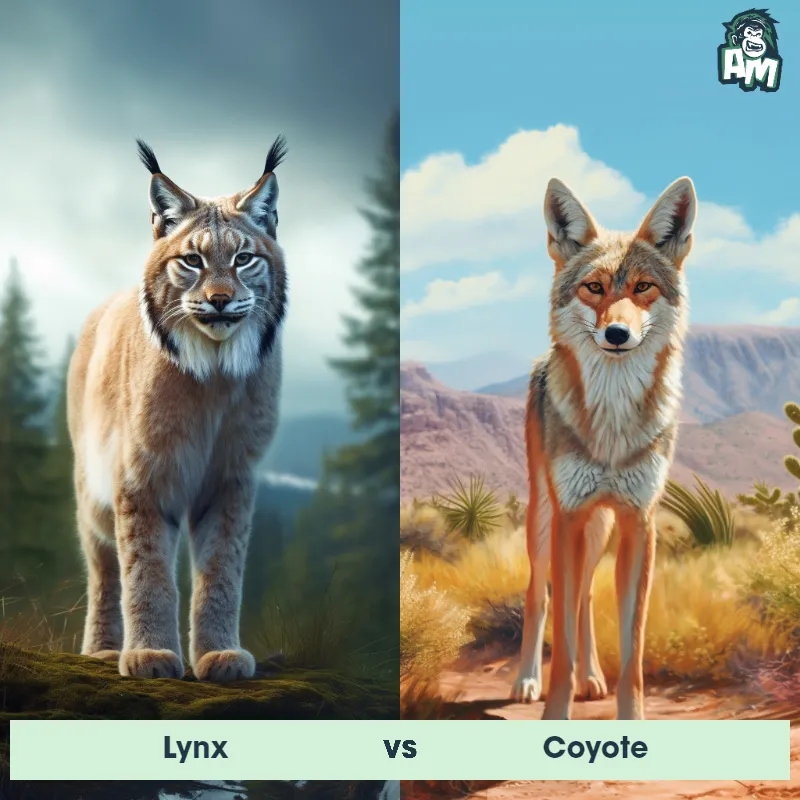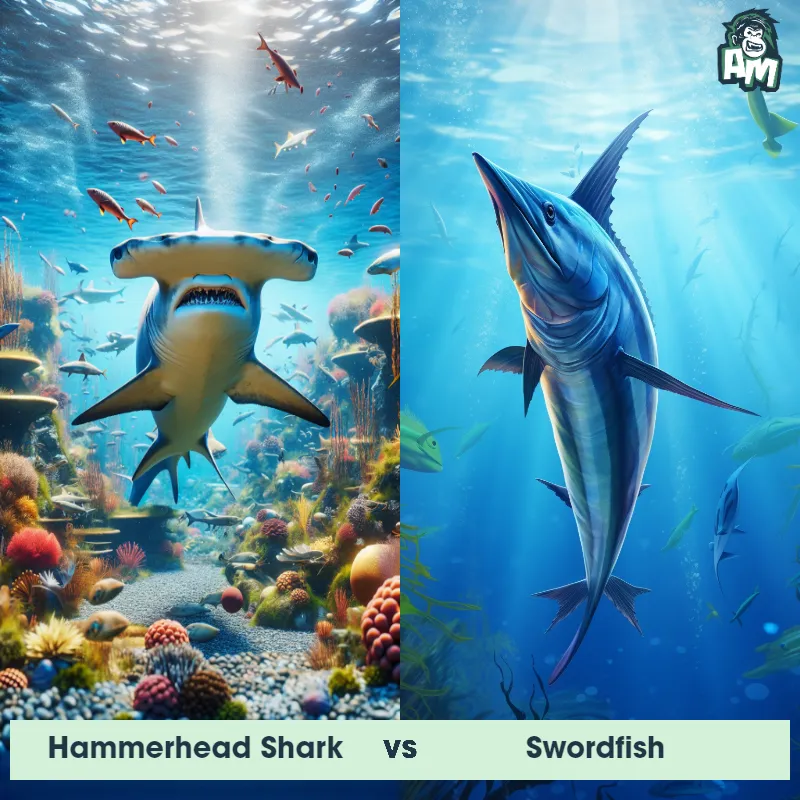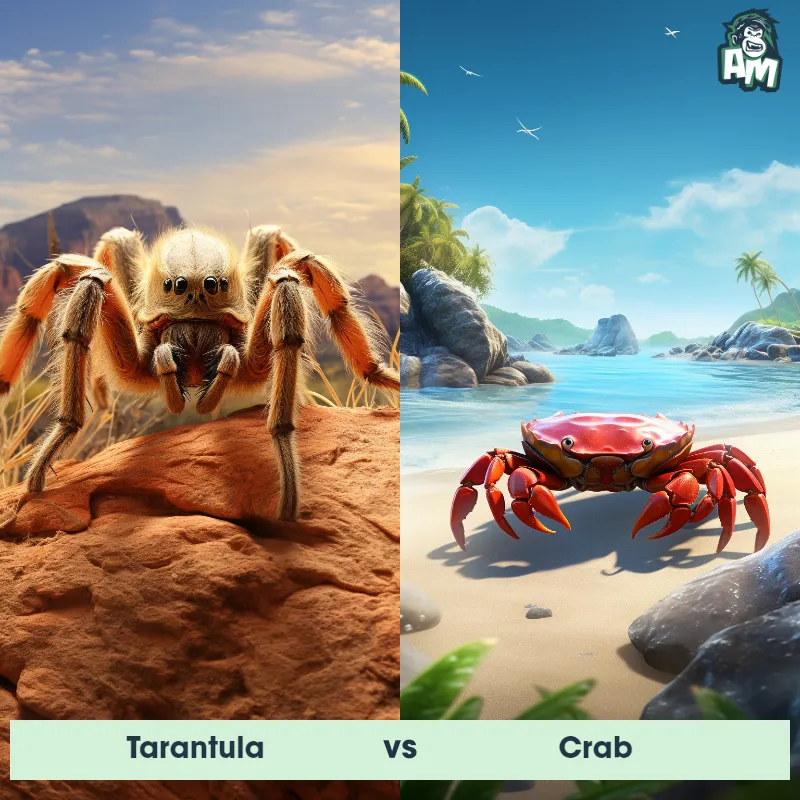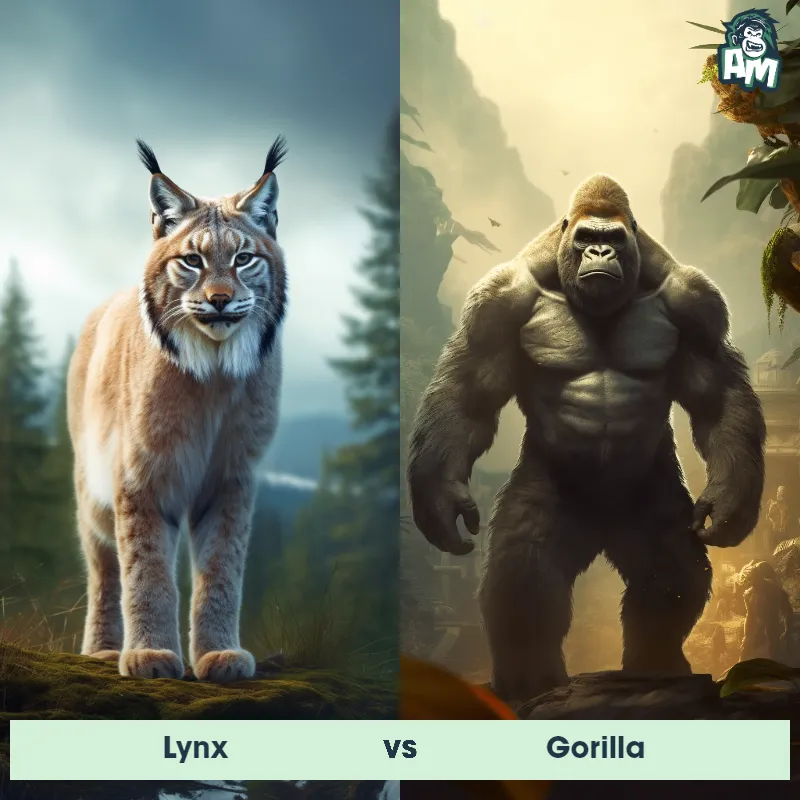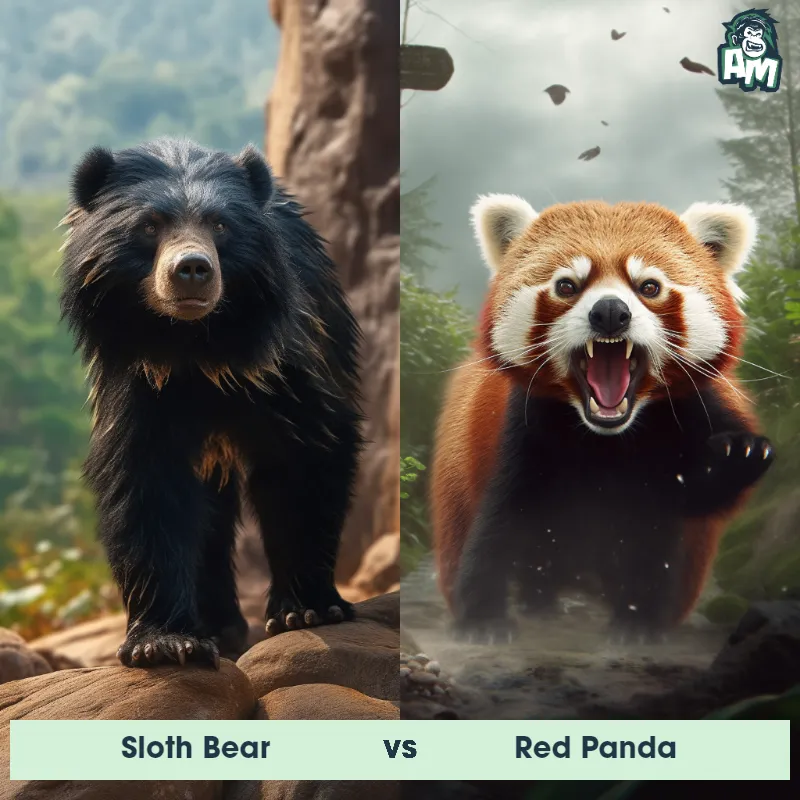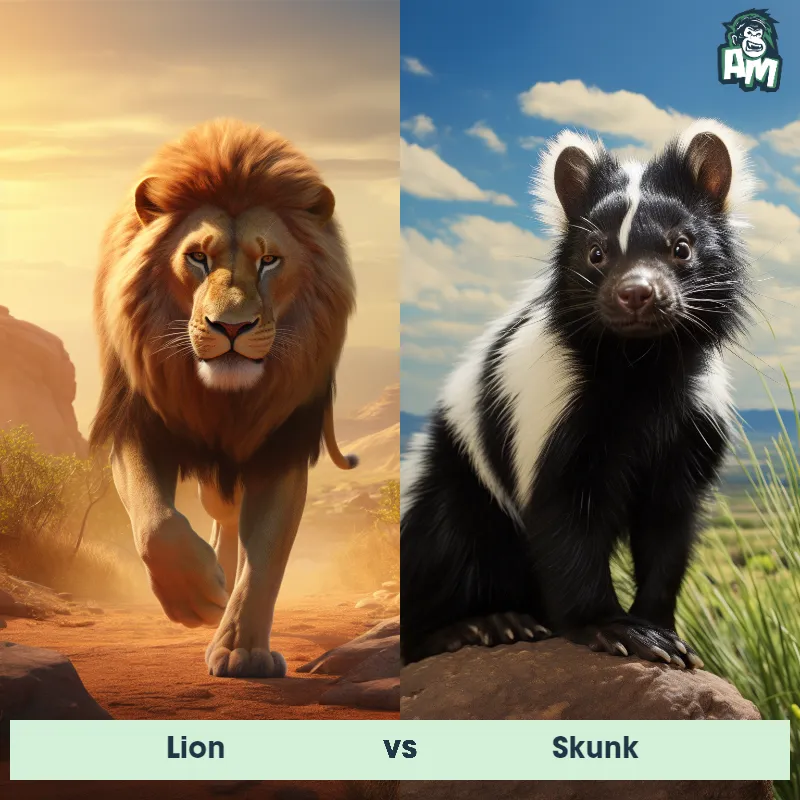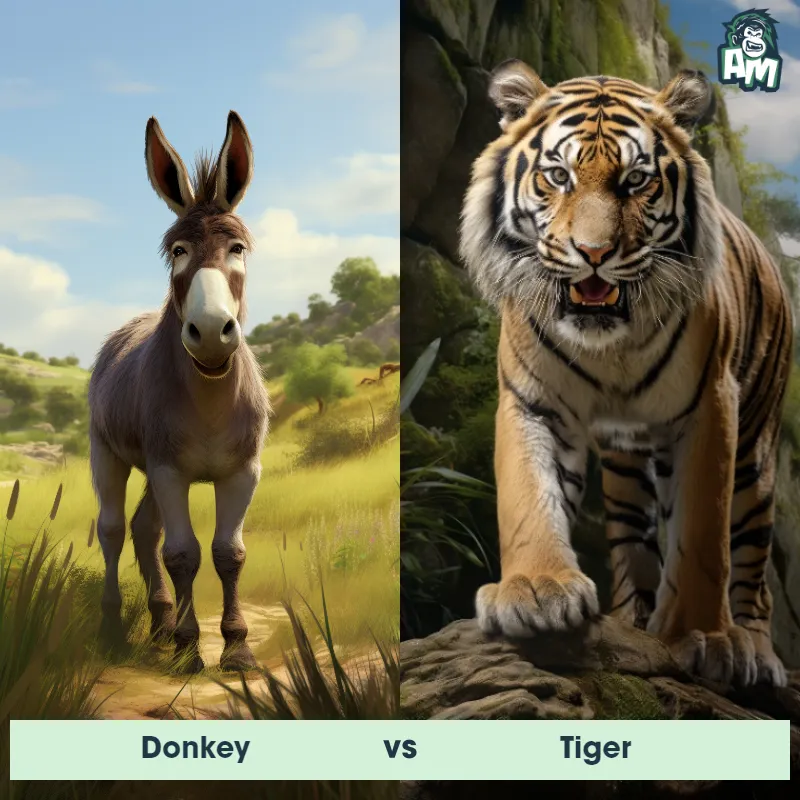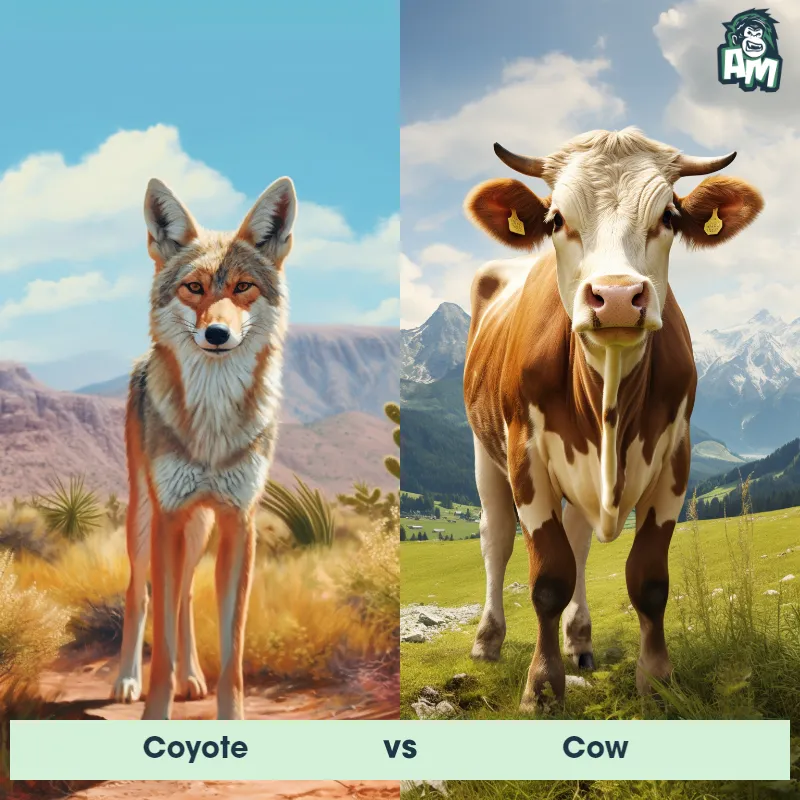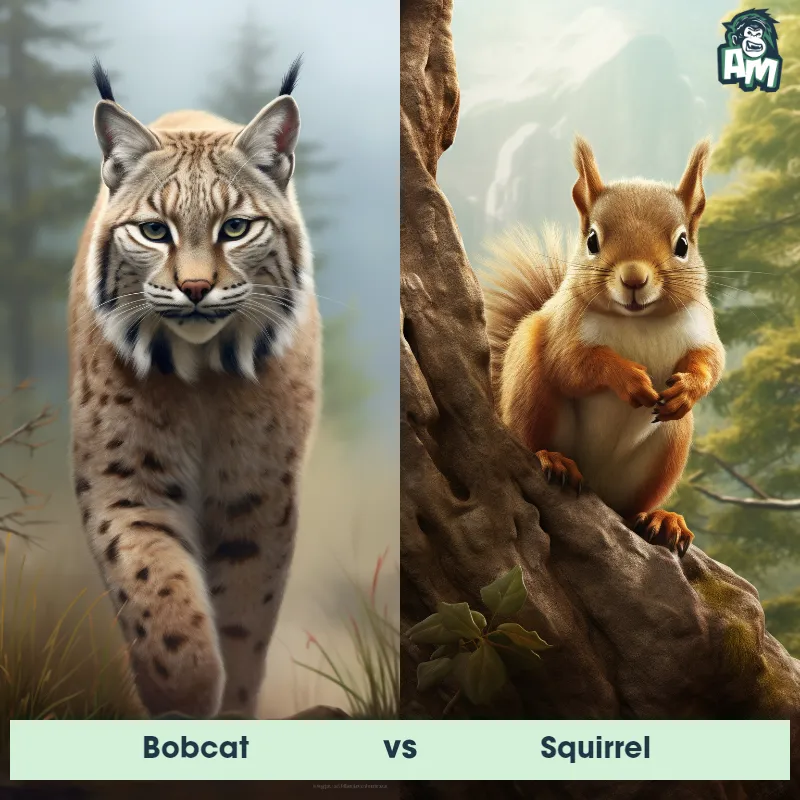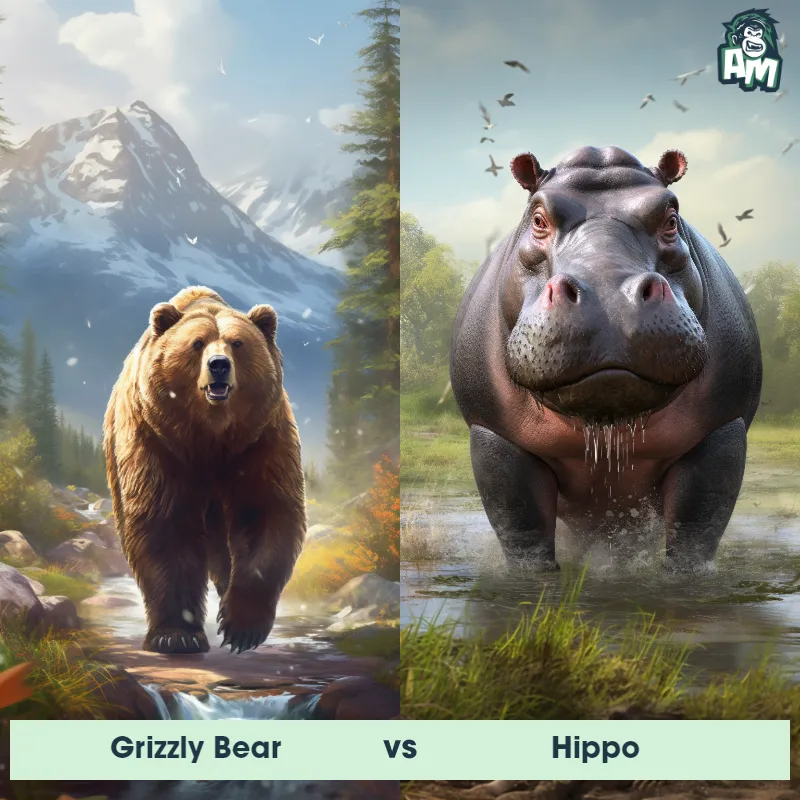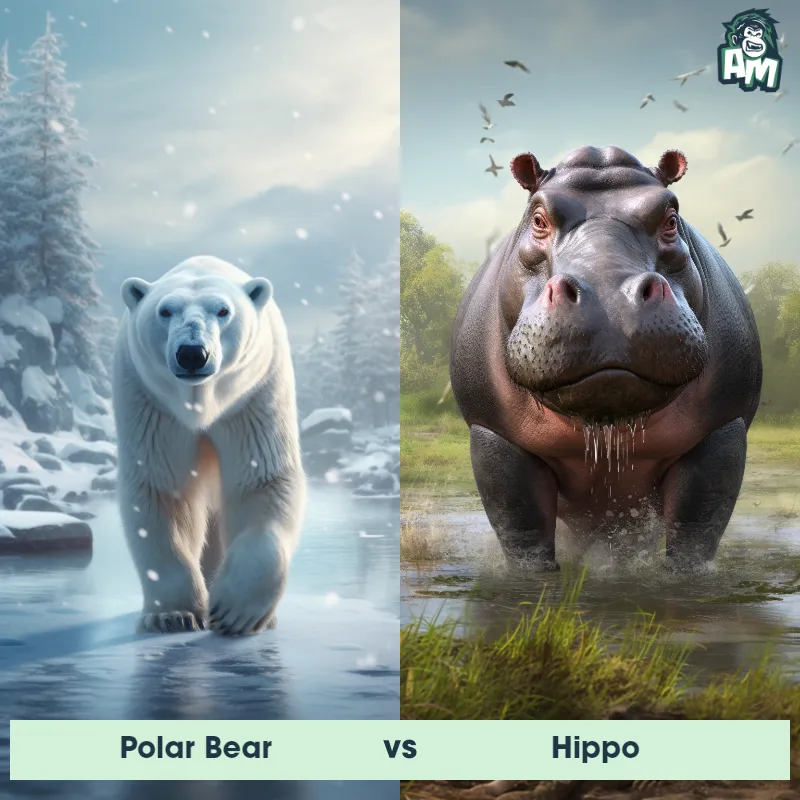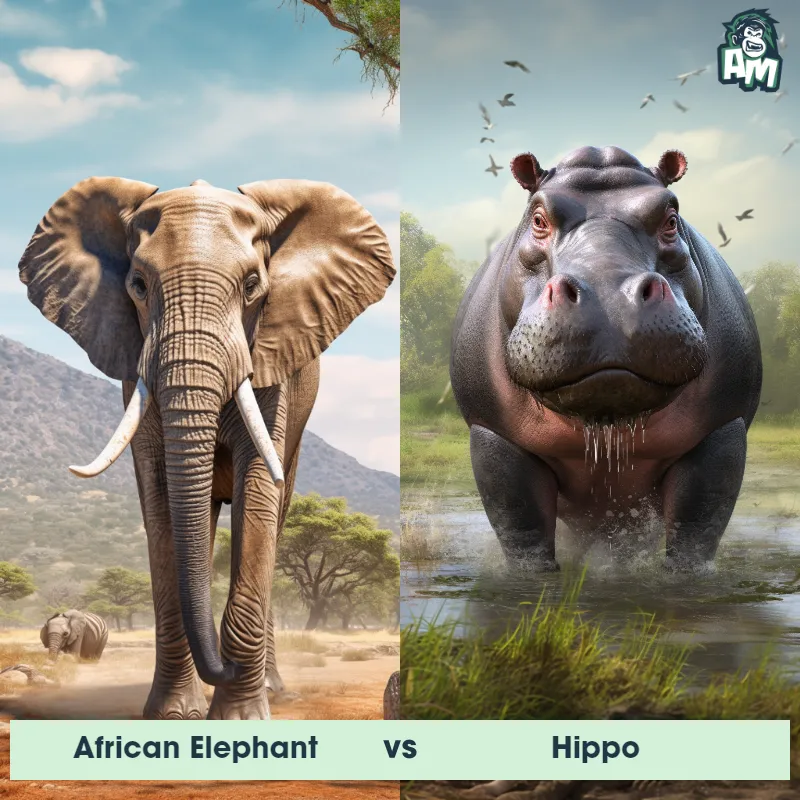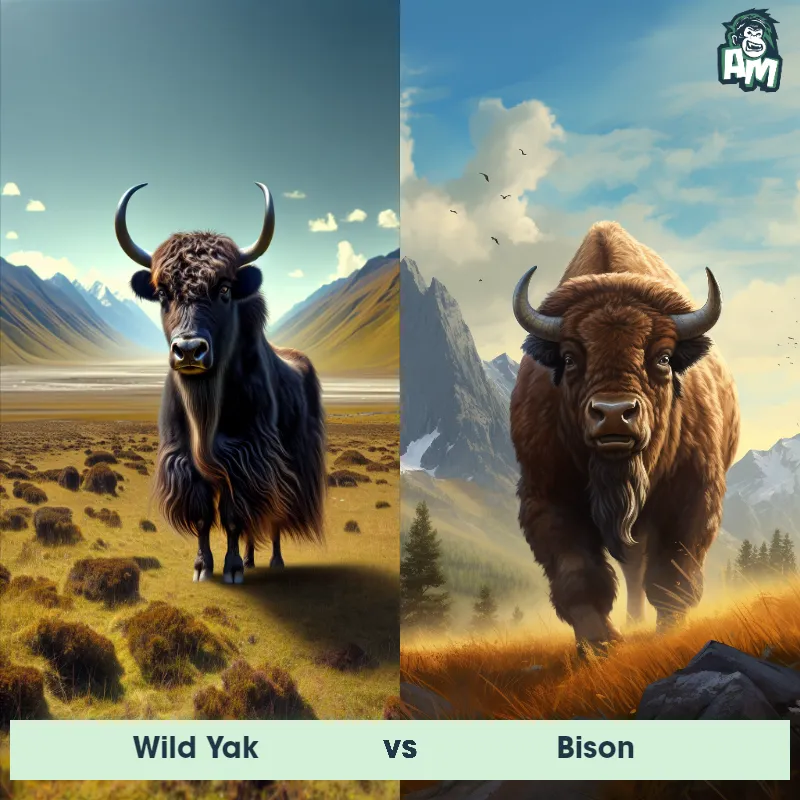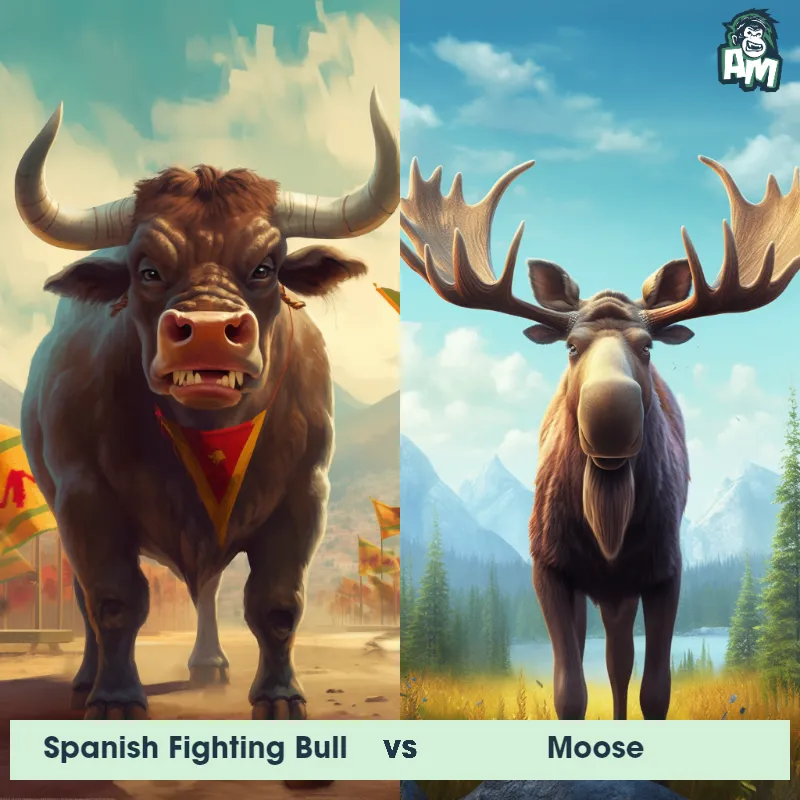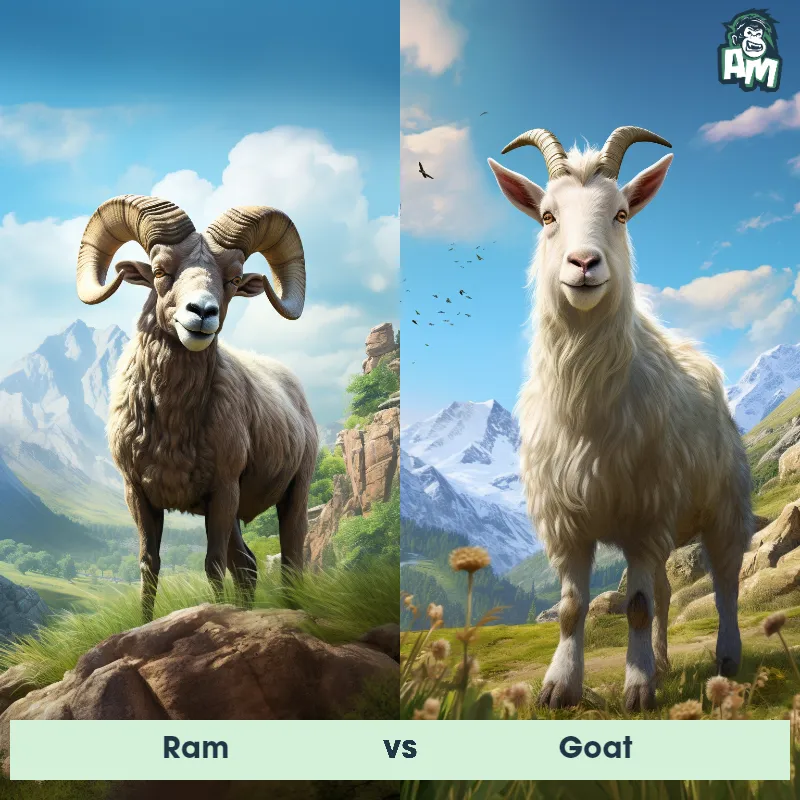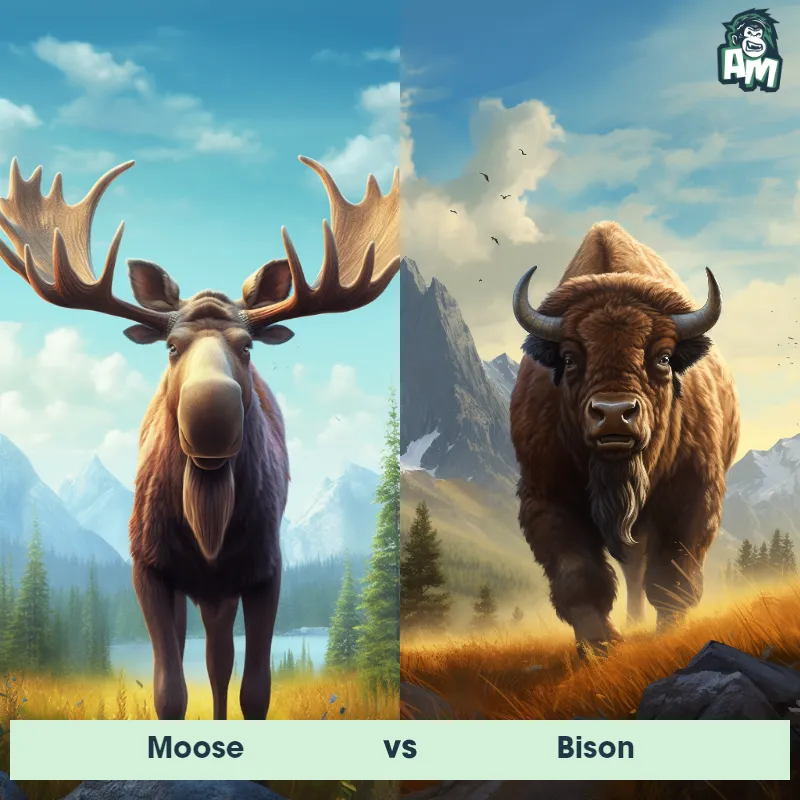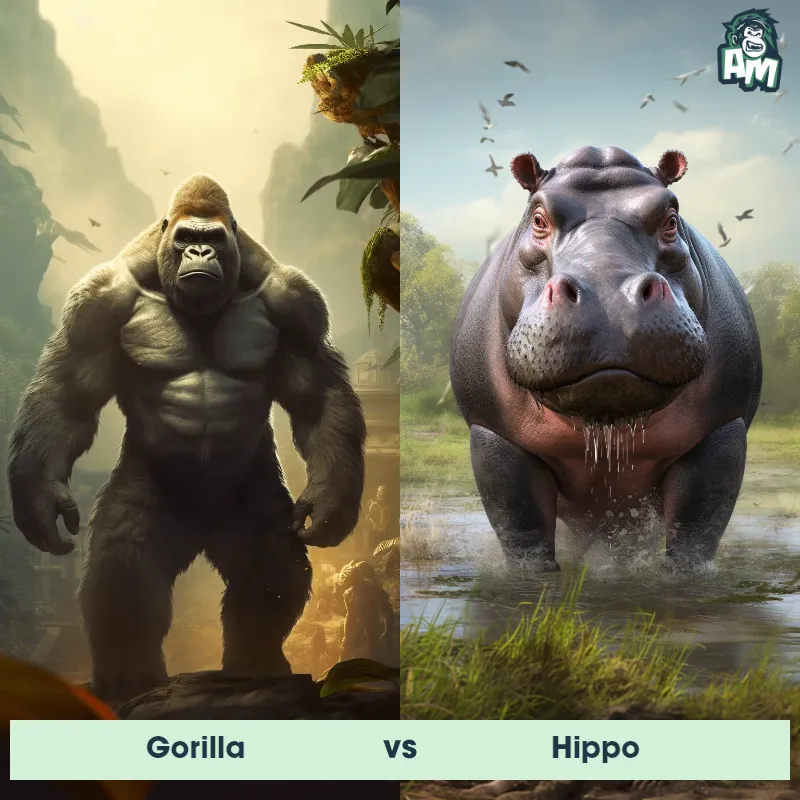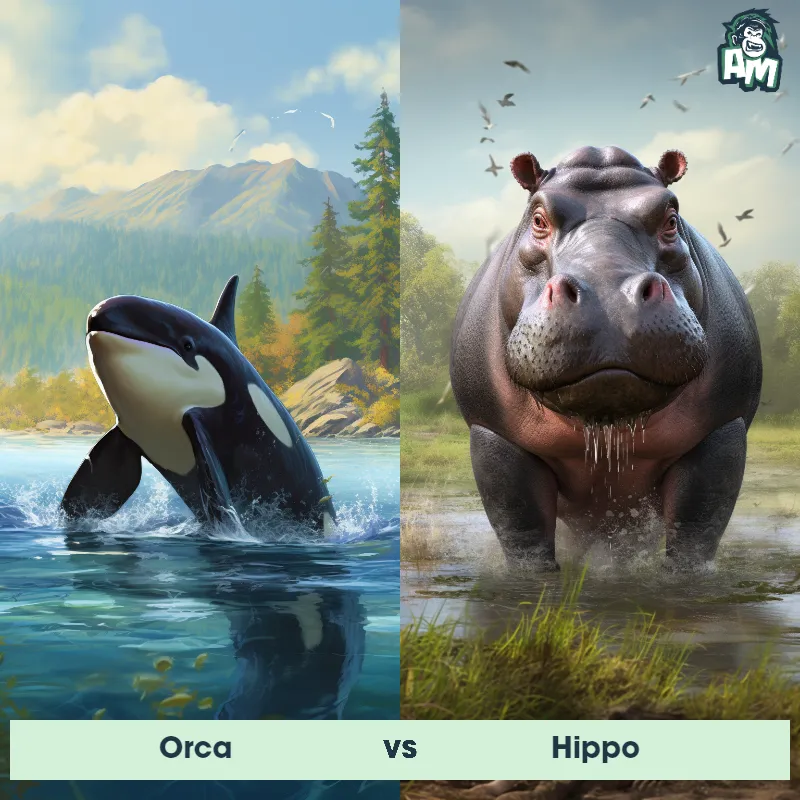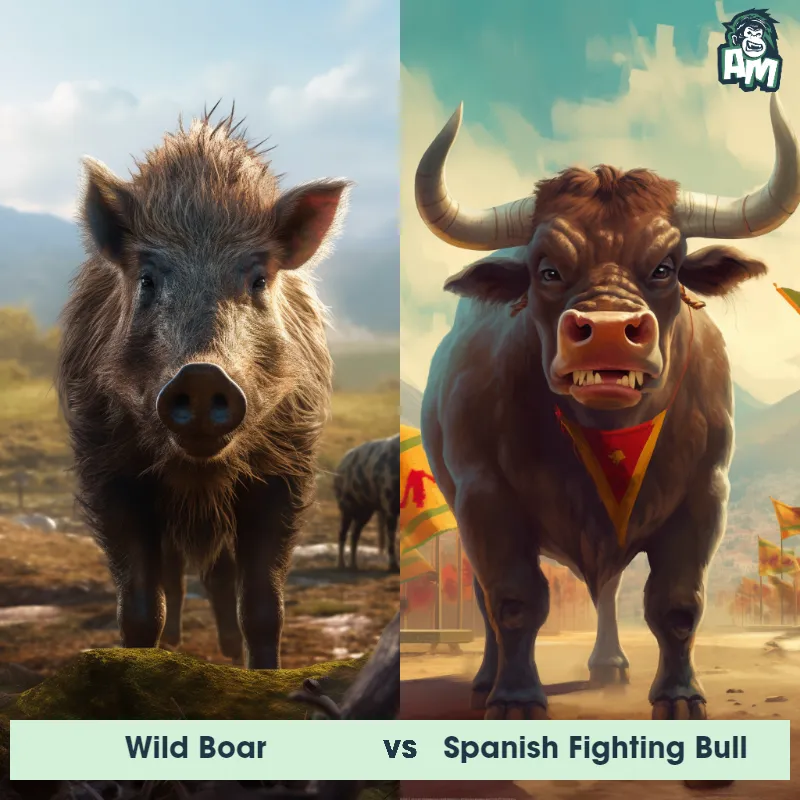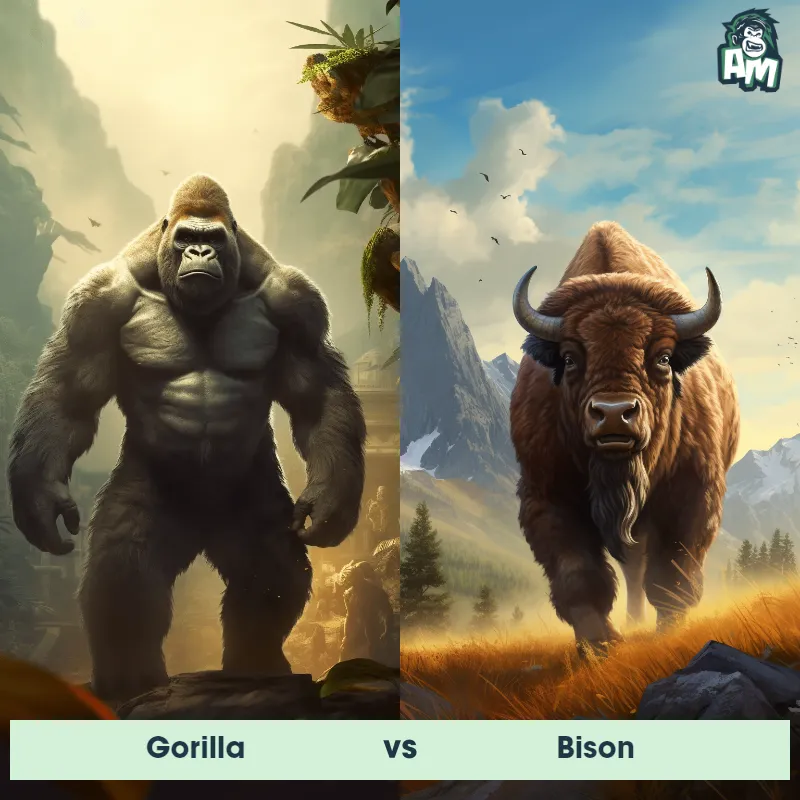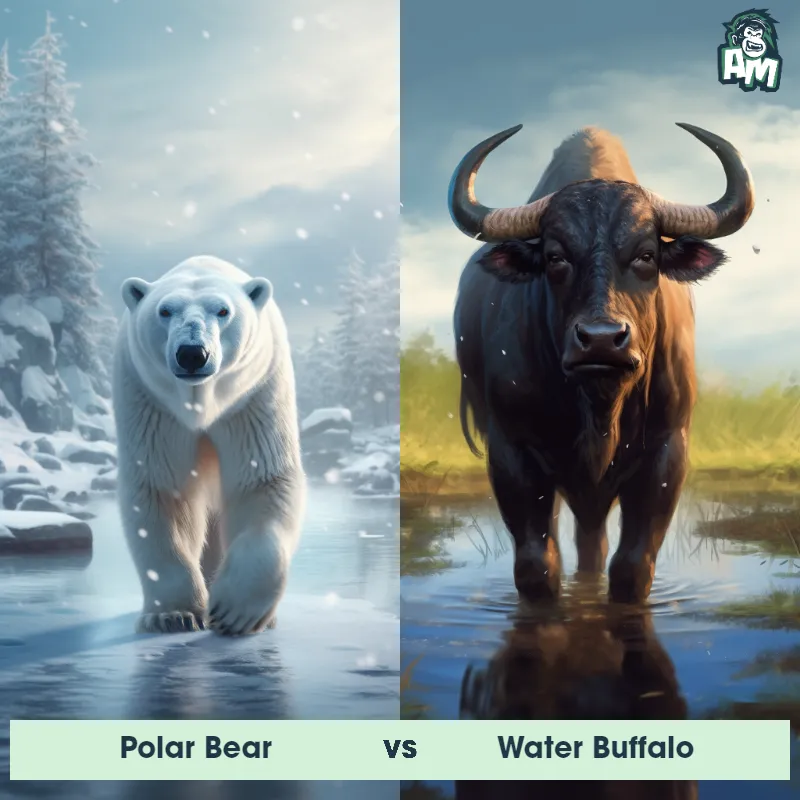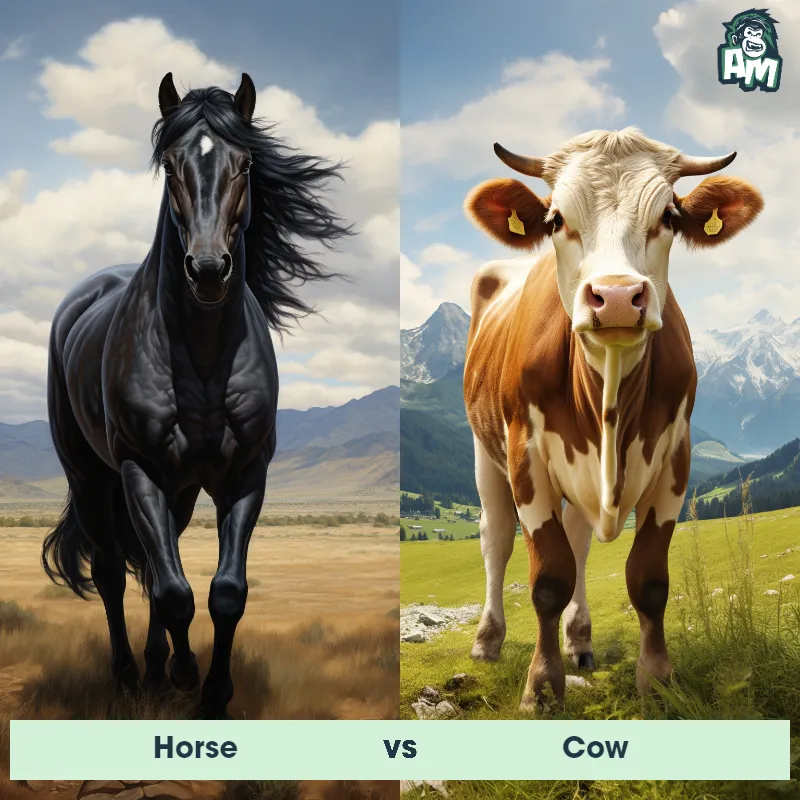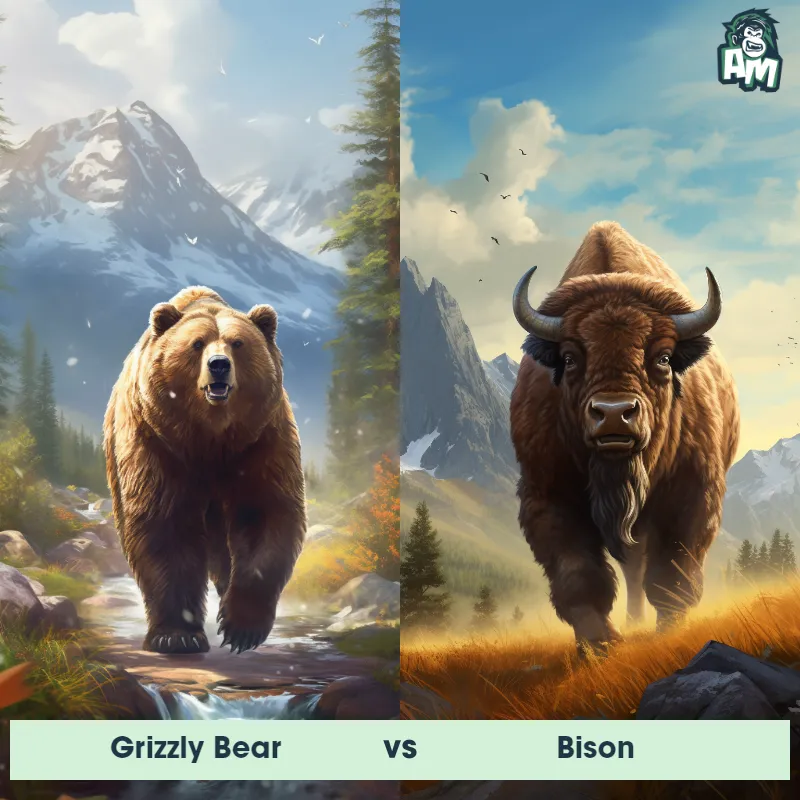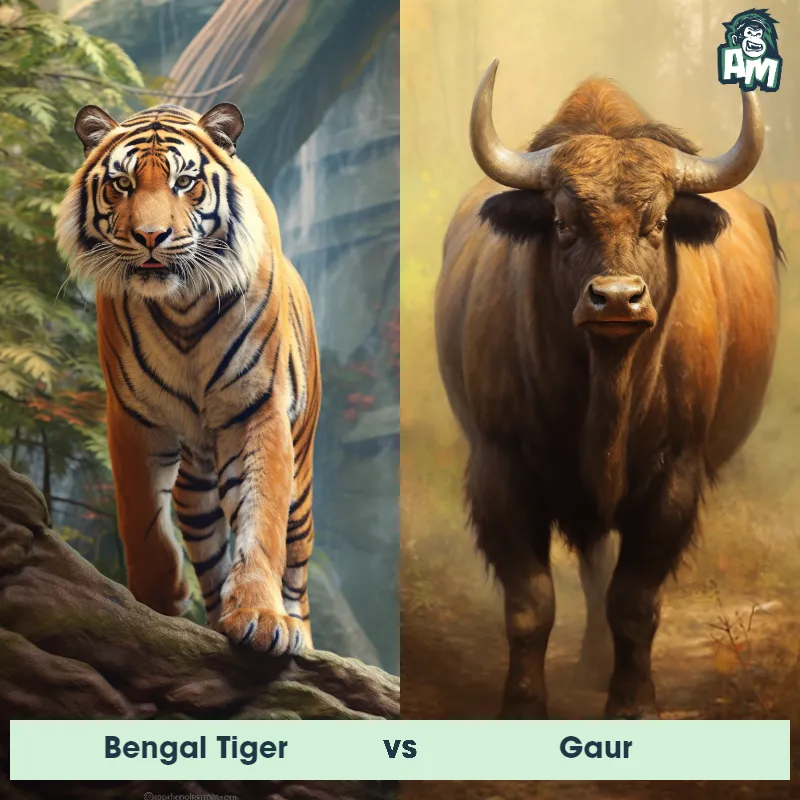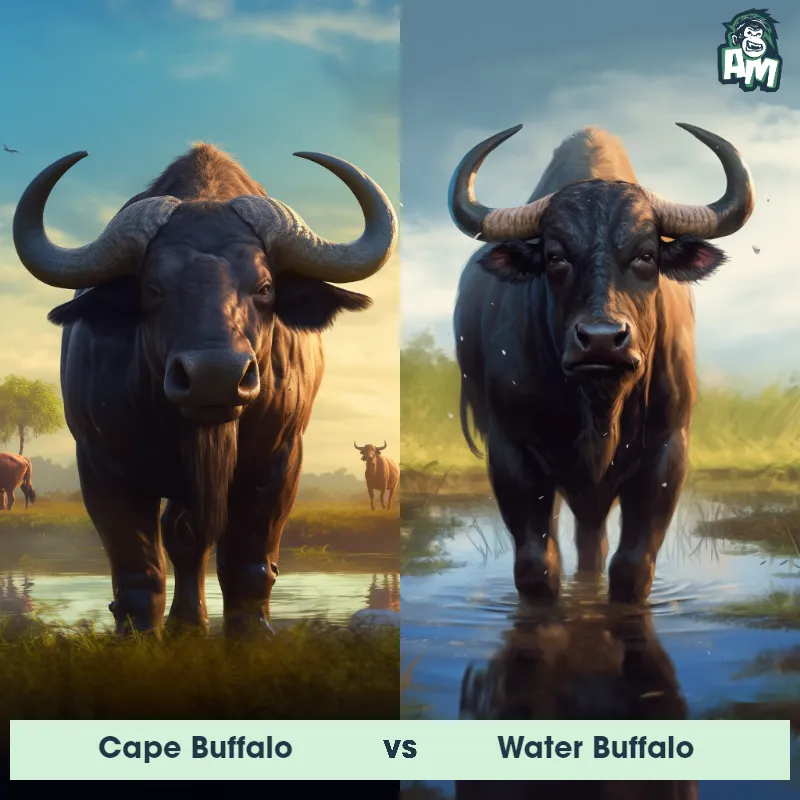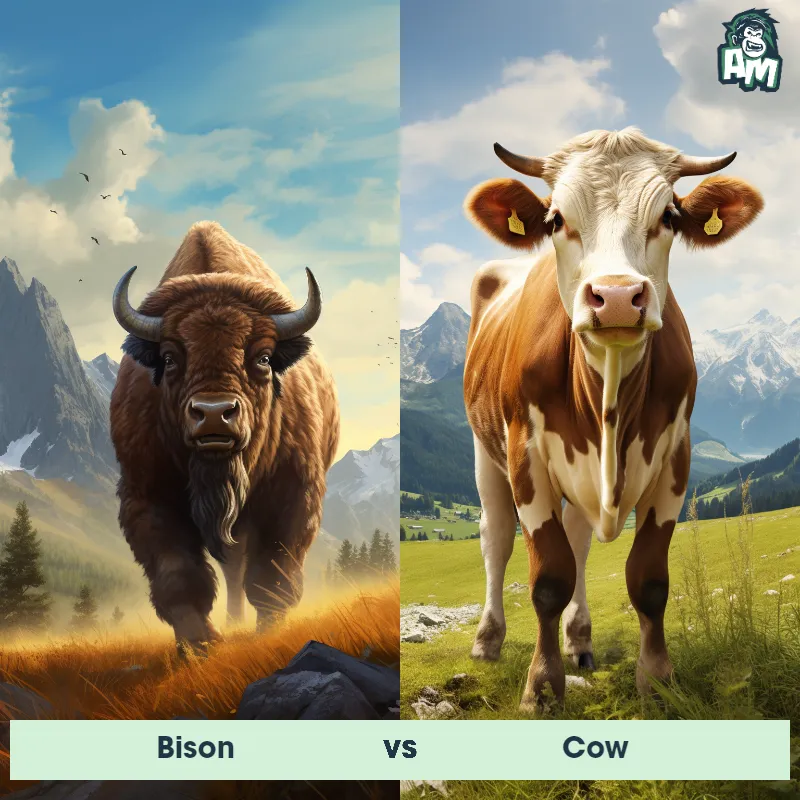Water Buffalo vs HippoSee Who Wins

Ladies and gentlemen, welcome to this electrifying matchup between two titans of the animal kingdom! We have a thrilling confrontation in store for you tonight as a Water Buffalo squares off against a formidable opponent, a Hippo. Both known for their immense size and strength, this clash promises to be a spectacle of raw power and primal instincts. Let's dive right into the action!
Contender 1: Water Buffalo
The Water Buffalo, also known as the Asian Buffalo, is a large domesticated bovine that is commonly used for farming and transportation in many parts of Asia. They have a stocky build, with large curved horns and a thick, shaggy coat that ranges in color from black to gray. Water Buffalos are known for their strength and endurance, and can weigh up to 2,000 pounds.
Fun Fact: Water Buffalos are excellent swimmers and are often found in rivers and swamps, where they use their powerful legs to navigate through the water and graze on aquatic plants.
Contender 2: Hippo
The hippopotamus, often simply referred to as the hippo, is a large, mostly herbivorous mammal native to sub-Saharan Africa. With a barrel-shaped body, short legs, and a massive head with a broad, round snout, the hippo is the third-largest land animal after the elephant and rhinoceros. Hippos spend most of their day in the water or mud to keep their skin moist and protect it from the sun. Despite their bulk, hippos are excellent swimmers and can run surprisingly fast on land.
Fun Fact: Hippos secrete a natural sunscreen in the form of an oily red substance, which earned them the nickname "blood sweat," although it is neither blood nor sweat.
Matchup Stats
| Water Buffalo | Hippo | |
|---|---|---|
| Size | 5-6 feet (1.5-1.8 meters) at the shoulder | 5 feet tall at shoulder, 13 feet long (1.5 meters tall at shoulder, 4 meters long) |
| Weight | Up to 2,000 pounds (900 kilograms) | 3,000 to 4,000 pounds (1,400 to 1,800 kilograms) |
| Speed | Speed: 30 mph (48.28 km/hr) | 19mph (30km/h) |
| Key Strength | Powerful horns and strong body | Powerful jaws with large teeth |
| Biggest Weakness | Slow movement and limited agility | Poor eyesight |
Current Votes
Water Buffalo vs Hippo
See Who Wins
View More Matches
Looking For More?
Similar Matches
Scientific Stats
| Water Buffalo | Hippo | |
|---|---|---|
| Scientific Name | Bubalus bubalis | Hippopotamus amphibius |
| Family | Bovidae | Hippopotamidae |
| Habitat | Wetlands, grasslands, and forests | Rivers, lakes and swamps |
| Geography | Asia, Europe, Australia, and North America | Sub-Saharan Africa |
| Diet | Herbivorous, primarily grasses and aquatic plants | Herbivorous, primarily grasses |
| Lifespan | 10 years - 25 years | 40 years - 50 years |
Key Differences between Water Buffalo and Hippo
- Horns: Both Water Buffaloes and Hippos have impressive horns, but their characteristics differ. Water Buffaloes typically possess large, curved horns that point backward and upward, whereas Hippos have shorter, thick, and blunt ivory-like canines that grow to become large, sharp tusks.
- Coloration: Water Buffaloes typically have a dark grey or black coloration, while Hippos have a distinct reddish-brown to dark brown color, with thick, hairless skin that can appear almost purple when wet.
- Head shape: Water Buffaloes possess a comparatively smaller head with a wide forehead, while Hippos have a massive, broad head with a distinctive shape, characterized by a bulging forehead and large, powerful jaws.
- Size: The Water Buffalo is generally smaller in size compared to the Hippo, with an average shoulder height of about 5-6 feet and a length of 9-10 feet, whereas the Hippo can reach an astonishing shoulder height of up to 5 feet and a length of 13-15 feet.
- Body shape: Water Buffaloes have a more elongated and streamlined body shape, resembling that of a domestic cow, whereas Hippos have a barrel-shaped body with a large, round belly and a bulky appearance.
- Habitat: Water Buffaloes inhabit various habitats including marshes, grasslands, and wetlands, whereas Hippos are primarily found in freshwater environments such as rivers, lakes, and swamps.



